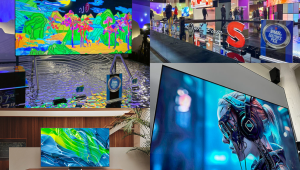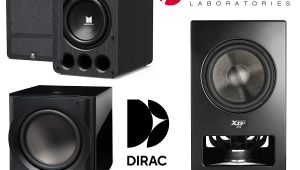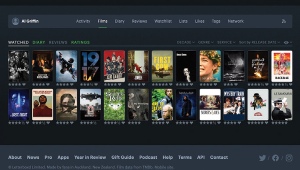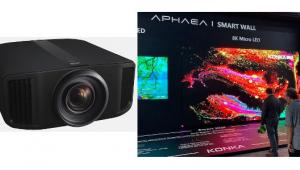Truth or Dare: Which New Formats Really Deliver?

So, the question for the confused reader is this: Is HDR worth it? Is it worth a display upgrade, buying perhaps a new UHD Blu-ray player, or seeking out and purchasing the still pricey (by disc or streaming) specialized software? Or is HDR just another in a long line of largely inconsequential technologies and features hoisted upon the public?
Most often, the response to this question for this or any other technology really does depend. It depends, for example, on the full ecosystem of gear—including your room conditions—that surrounds the new feature and allows you to see or hear the potential benefit. It depends on whether the software is of sufficient production value to bring out the proposed benefits. And sometimes it depends on the experience of the listener or viewer as to whether they can see or hear the full benefit as promised, at least initially.
So, here are some answers, albeit just my own cocky opinions, to that “worth it or not?” question as relates to some recent developments.
High Dynamic Range Video: This is the most discernible improvement to video since we moved to digital HDTV in 1998, though hardly of that magnitude. Still, it’s the real deal. Despite this, unless you’re an early adopter with cash to burn, you might not want to rush out to get your new UHD/HDR display. The programming is still nascent, and if you’re committed to streaming instead of buying a UHD-BD player, you’ll be sacrificing significant image quality due to today’s still-meager Internet bitstreams. What programming there is, disc or streamed, remains expensive. The displays are evolving at a rapid pace and will hit increasingly brighter highlights while dropping in price in the next couple of years—though it remains to be seen how effective home theater projectors will ever be in delivering HDR, a technology they are not inherently well suited for. Finally, assuming Dolby Vision gains some traction (HDR10 is here to stay), there are still few TVs available that are compatible with both. Caveat emptor.
Object-Based Surround Sound: Here’s one that’s a no-brainer and more worthy today of an upgrade. The benefits of Dolby Atmos and DTS:X (Auro-3D remains a nonstarter) in a minimum 5.1.4 configuration are so obvious, you’d have to be in a coma not to hear them. Although the ideal installation involves ceiling-mounted speakers, well-configured height modules that bounce sound off a flat ceiling come close enough to be worth the trouble. Software development is advancing well at this point, and in any event, the upconversion modes built into the processors do a nice job with conventional stereo and surround mixes.
High-Resolution Audio: Hi-res audio delivers a more subtle benefit that is much more highly dependent on the software and playback gear. You don’t need to be a golden ear, but if you’re waking up for the first time to sound quality, you’ll need a good demo system and a track with high production values to be convinced of what it can do. Software that takes true advantage of the extra bits remains pretty hit or miss and overpriced as the record companies in control of the most desirable libraries continue to take advantage of their captured audiophile audience. Despite all this, I remain bullish on hi-res: With the right pieces in place, it really works and connects viscerally with the listener. And it remains our direct path to bit-for-bit studio-quality replicas of our favorite music tracks. What you do with them is up to you.


























































